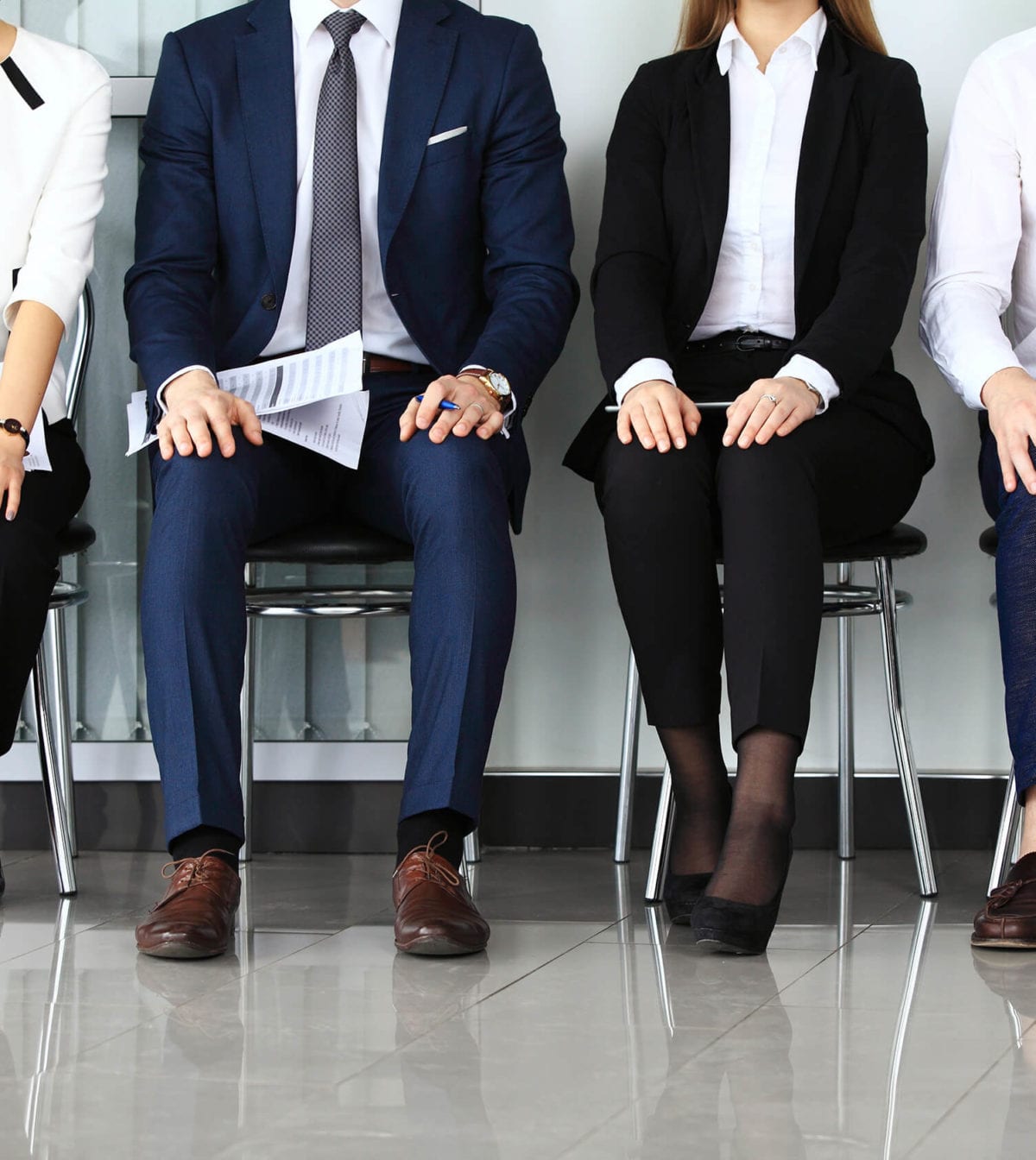A wrinkled t-shirt with “SLACKER” embroidered across the front. You might imagine the item of clothing is among the wardrobe for a software developer in the Austin, Texas, gaming industry. And you’d be right. But it is also one of many horrifying examples of what job candidates have worn to job interviews. Velour track suits and flip flops also make the list among the employers we polled.
While you may have enough sense to not dress as though you just rolled out of bed (or are rolling to the club), are there other, more subtle wardrobe faux pas you may be committing by mistake?
British menswear designer TM Lewin sent us an infographic, see below, to help demystify the “what to wear” dilemma. According to the designer, you should always dress in business formal for interviews. Subtle pops of personality—like an interesting tie—may be appropriate, depending on the culture.

Do you agree? We polled several employers and found a slightly different answer.
“Don’t try to impress me by wearing a suit but looking uncomfortable or out of place in it,” said one respondent, an answer echoed by several other hiring managers. “What I want to see is an appearance that suggests this person can be trusted to do the job they want and, ideally, a job one level (or even two levels) up in responsibility. That really means the candidate researched to find out what is usually worn around the workplace, and gone up a level from that.”
The other key to looking comfortable in a suit? It needs to fit. “If you wear a suit, own it! Don’t look like you’re borrowing your big brother’s fancy clothes [because it’s oversized],” responded one Austin technology executive.
But what does “one level up” actually mean? TM Lewin’s infographic illustrates these levels and explains:
- In business casual settings—the level at which most Austin businesses are at—jeans as well as non-collared shirts (like t-shirts) are still rarely acceptable. If denim seems to be OK, stick to dark colors for a more polished look.
- In creative environments, anything may go. Although, we’ll add, it’s important to pay attention during the interview process how people in the office are dressed. It’s also important to note whether or not your specific department dresses a certain way. Outside sales associates may dress more business formal than the rest of the staff, for instance.
- For business professional settings, don’t dress more than one level up from your office dress code in order to avoid being overdressed. (Walking into an extremely casual workplace in a suit may be overkill.)
Judy Chambers, executive director of Dress for Success Austin, adds that it’s important to accessorize with a light touch by avoiding heavy jewelry, makeup and fragrances. Even your handshake should be firm but not knuckle-breaking.
Do you think the dress code for job interviews has changed over time? Does it seem to be different from city-to-city or in different industries? Tell us what you’ve learned, and if you have any of your own tips on dressing for interview success.
Find Your Next Opportunity with HT Group
Ready to move your career forward? Connect with the HT Group today! Send us your resume below:
Like what you read?
Subscribe to our newsletter for more!
Image Copyright: opolja / 123RF Stock Photo




